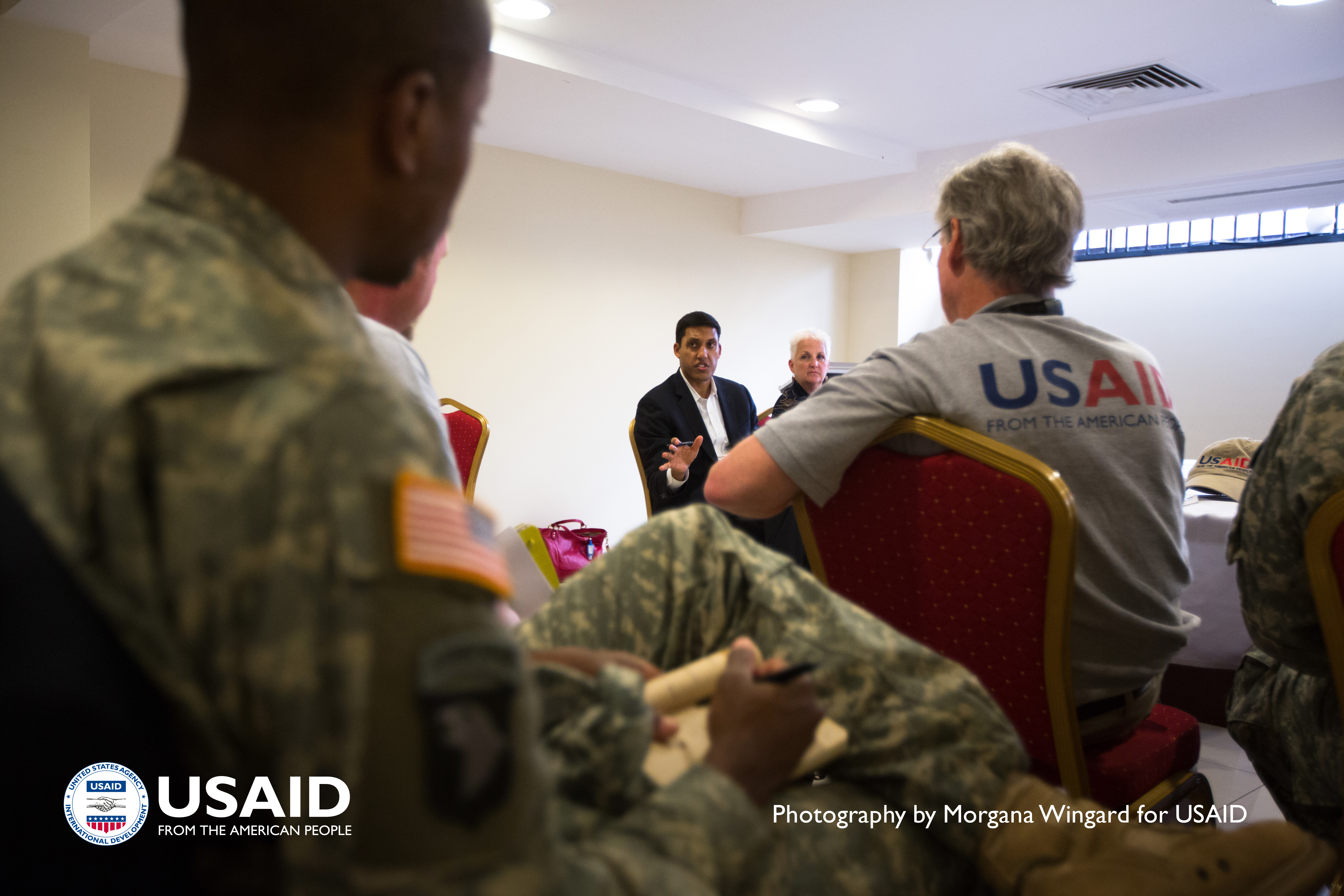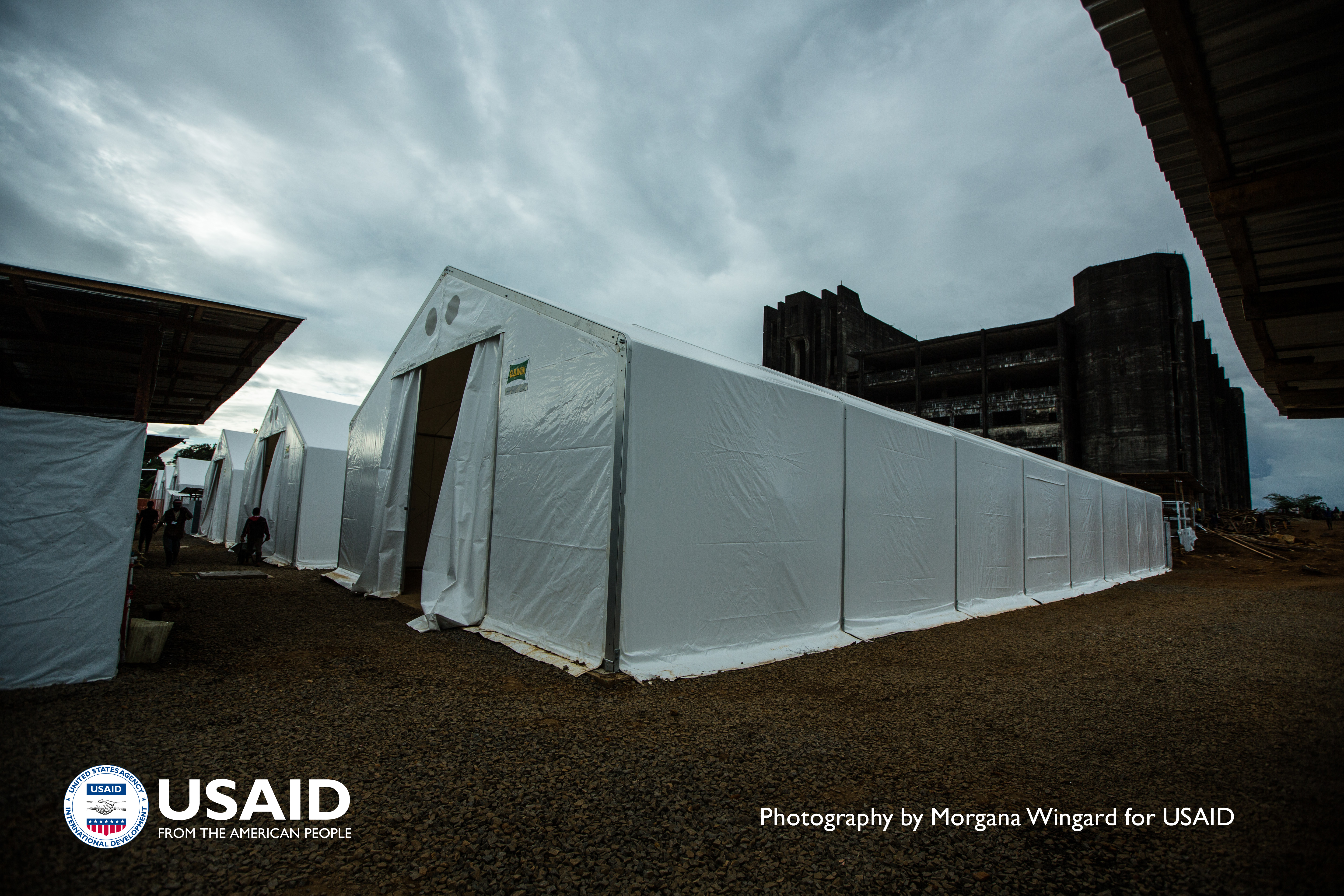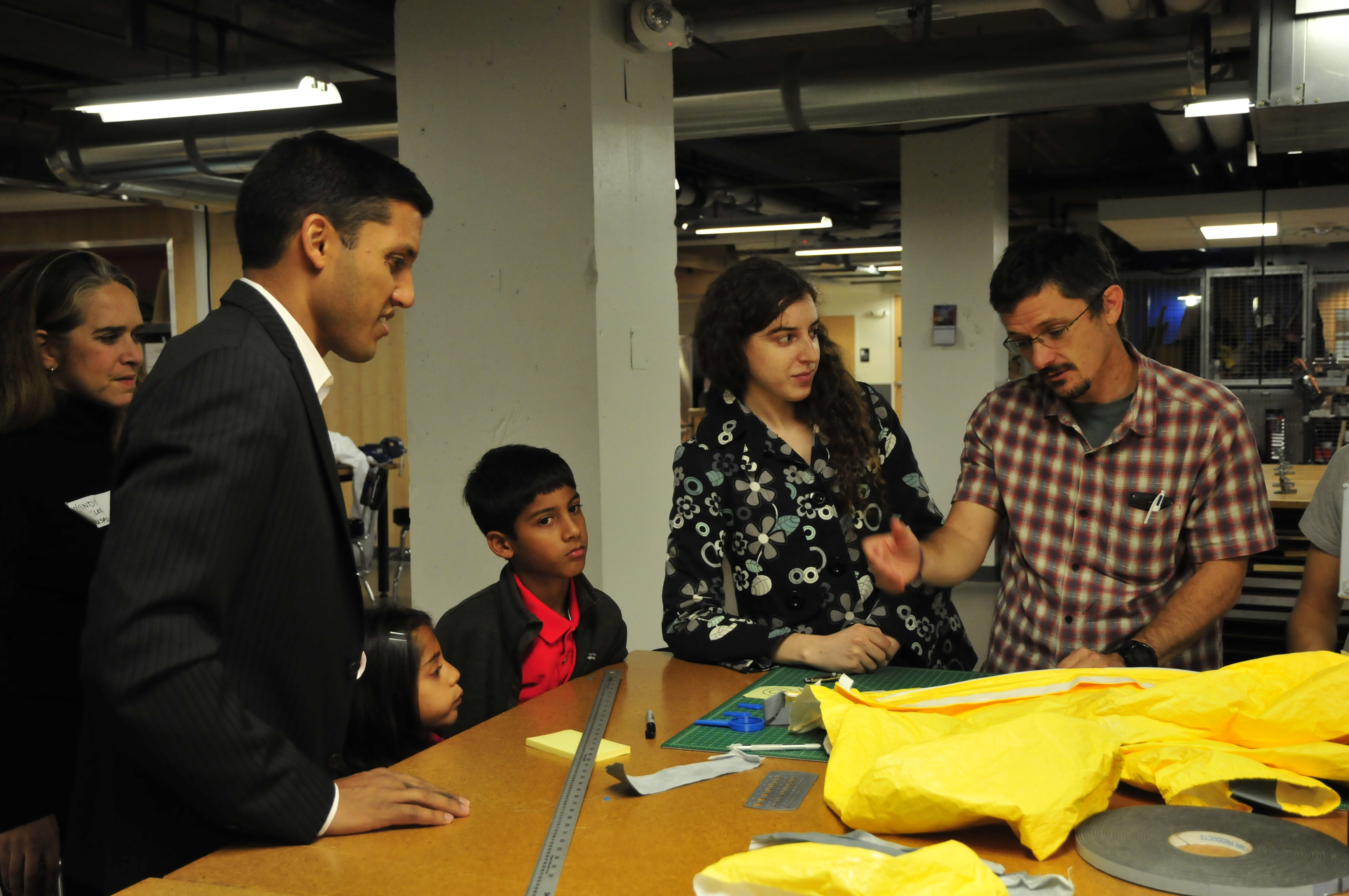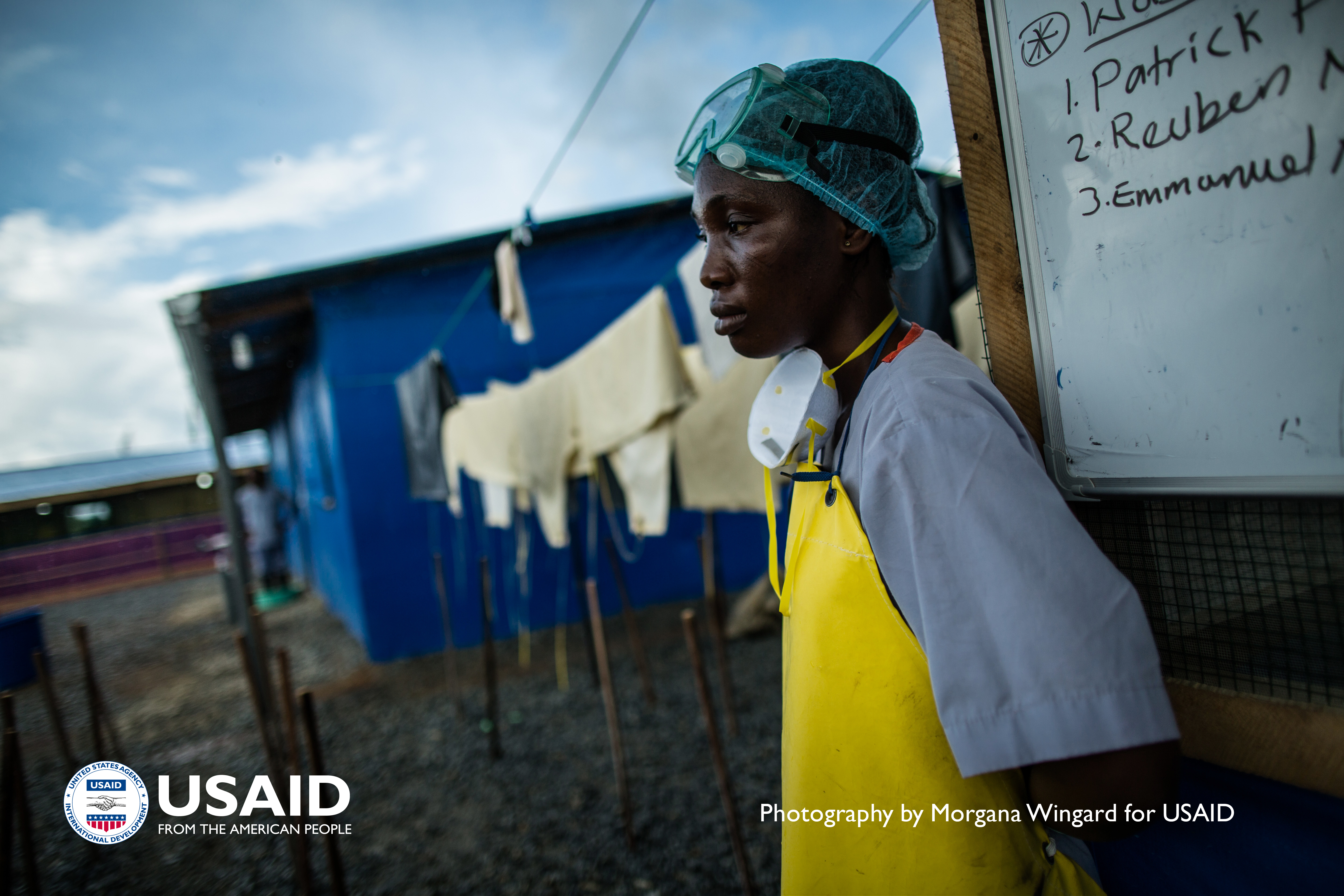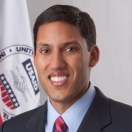

The very first thing you do when you arrive in Liberia is wash your hands in chlorine.
As I learned on my recent visit to Liberia, Sierra Leone, and Guinea, the simple acts of hand-washing and bumping elbows -- instead of shaking hands -- quickly begin to feel normal. As the Ebola epidemic overwhelms communities and threatens livelihoods in West Africa, this change in behavior is saving lives.
Today, the U.S. is helping lead a global coalition to fight Ebola with a clear strategy and data-driven approach. During my visit, I met courageous humanitarians, health workers, and community leaders who are helping turn the tide against Ebola. In fact, there are currently over 950 U.S. Government personnel on the ground in the region, and I could not be more proud of them.
We’re also supporting 65 safe burial teams that are working in every county across Liberia to safely and respectfully dispose of bodies. On my trip, I met local workers on these burial teams who endure the stigma of the virus to bury loved ones and reduce the risk of transmission.
On our way to the airport in Monrovia, we visited the 25-bed critical care U.S. hospital for Ebola health care workers. It is an impressive feat of engineering. Teams from the U.S. Public Health Service and the U.S. military have worked closely with colleagues on the ground to ensure they are learning and applying best practices in treatment and prevention.
Time and again, we’ve seen the value of innovation in crisis response. In Sierra Leone, I attended an abbreviated training session for Ebola health care workers on how to safely put on and take off personal protective equipment (PPE). Through Fighting Ebola: A Grand Challenge for Development, we are calling on the world’s brightest minds to invent better tools to tackle this disease -- including improved designs for PPE.
In Guinea, we visited the Donka Ebola treatment center, which has provided care to 220 people with Ebola since opening in March 2014. I had the opportunity to speak with two Ebola survivors who are now health care workers themselves. Their commitment was humbling, and I left even more in awe of their bravery.
Every Ebola outbreak in history has been stopped, and this one will be too. But it will continue to require great ingenuity, speed, cooperation, and -- most importantly -- courageous men and women serving on the frontlines.
